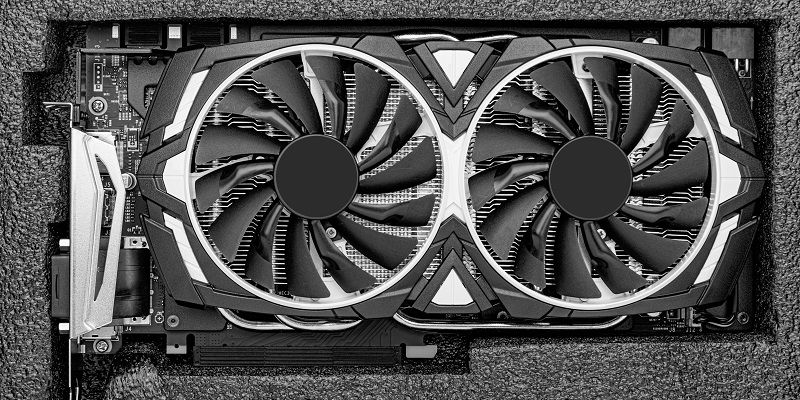ASRock, a leading brand in the computer hardware industry, is set to release multiple variants of the AMD Radeon RX 7600 graphics card. The company has a reputation for producing high-quality motherboards, graphics cards, and other computer components.
In this article, we will take a closer look at ASRock’s plans for the Radeon RX 7600 and its variants, the specifications of the card powered by the Navi 33 GPU, expected pricing, and launch date.
Variants of the RX 7600: Premium and MSRP models
ASRock is planning to release several variants of the AMD Radeon RX 6700 graphics card. The company is set to launch premium models, as well as models that are closer to reference pricing.
Premium models: Phantom Gaming and OC designs
The premium variants, Phantom Gaming and OC designs, will come with advanced features and are aimed at gamers who want the highest performance from their graphics cards.
The Phantom Gaming cards are known for their high-end cooling systems, which keep the GPUs cool even when they are under heavy load. The OC designs, on the other hand, are designed for overclocking and come with pre-installed overclocking software, making them an excellent choice for enthusiasts.
Models closer to reference pricing are the Challenger and Steel Legend
The Challenger and Steel Legend graphics cards are expected to be priced closer to the MSRP, making them an ideal choice for gamers who want great performance without breaking the bank.
The Challenger graphics card is expected to come with a dual-fan cooling system, making it suitable for running heavy games and demanding applications. On the other hand, the Steel Legend graphics card is a brand-new entry and is expected to feature a white and silver design scheme similar to ASRock’s Steel Legend motherboards.
The GPU powering the Radeon RX 7600 is Navi 33
The Navi 33 GPU is expected to power the Radeon RX 7600 series graphics cards. It will be the third chip in the RDNA 3 lineup.
The Navi 33 GPU is likely to feature 2 Shader Engines and 16 WGP’s
The Navi 33 GCD is expected to feature 2 Shader Engines and 16 WGP’s or 32 Compute Units for a total of 2048 cores. This is the same core count as the Navi 23 GPU.
The GPU will come packaged with 32 MB of Infinity Cache and operate across a 128-bit wide bus. The Infinity Cache is designed to improve performance and reduce latency by storing frequently accessed data closer to the GPU.
Aimed at the budget segment, with prices ranging between $250-$350 USD
The Navi 33 GPUs are expected to be aimed at the budget segment, with prices falling within the $250-$350 US range, making them an ideal choice for gamers who want excellent performance without breaking the bank.
The expected launch date is by the end of May
ASRock is expected to launch the Radeon RX 6700 graphics card by the end of May. The launch of the card is highly anticipated, and gamers are eagerly waiting to get their hands on it.
The Navi 33 GPU is expected to feature a monolithic design
The AMD Navi 33 GPU is expected to feature a monolithic design. Unlike the Navi 23 GPU, which uses a multi-chip module approach, the Navi 33 GPU die is expected to be a single integrated chip, which will help reduce power consumption and improve performance.
The Navi 33 GPU die is expected to be 204mm2 and manufactured using 6nm process, while the Navi 23 GPU die is 237mm2 and manufactured using 7nm process. The smaller die size and new manufacturing process are expected to reduce power consumption and improve performance.
In conclusion, ASRock’s upcoming release of the AMD Radeon RX 6700 graphics card and its variants is expected to be a game-changer for the budget-conscious gamer. With advanced features and technology, the card is set to offer outstanding performance at a reasonable price. The launch of the card is highly anticipated, and gamers are eagerly waiting to get their hands on it.

